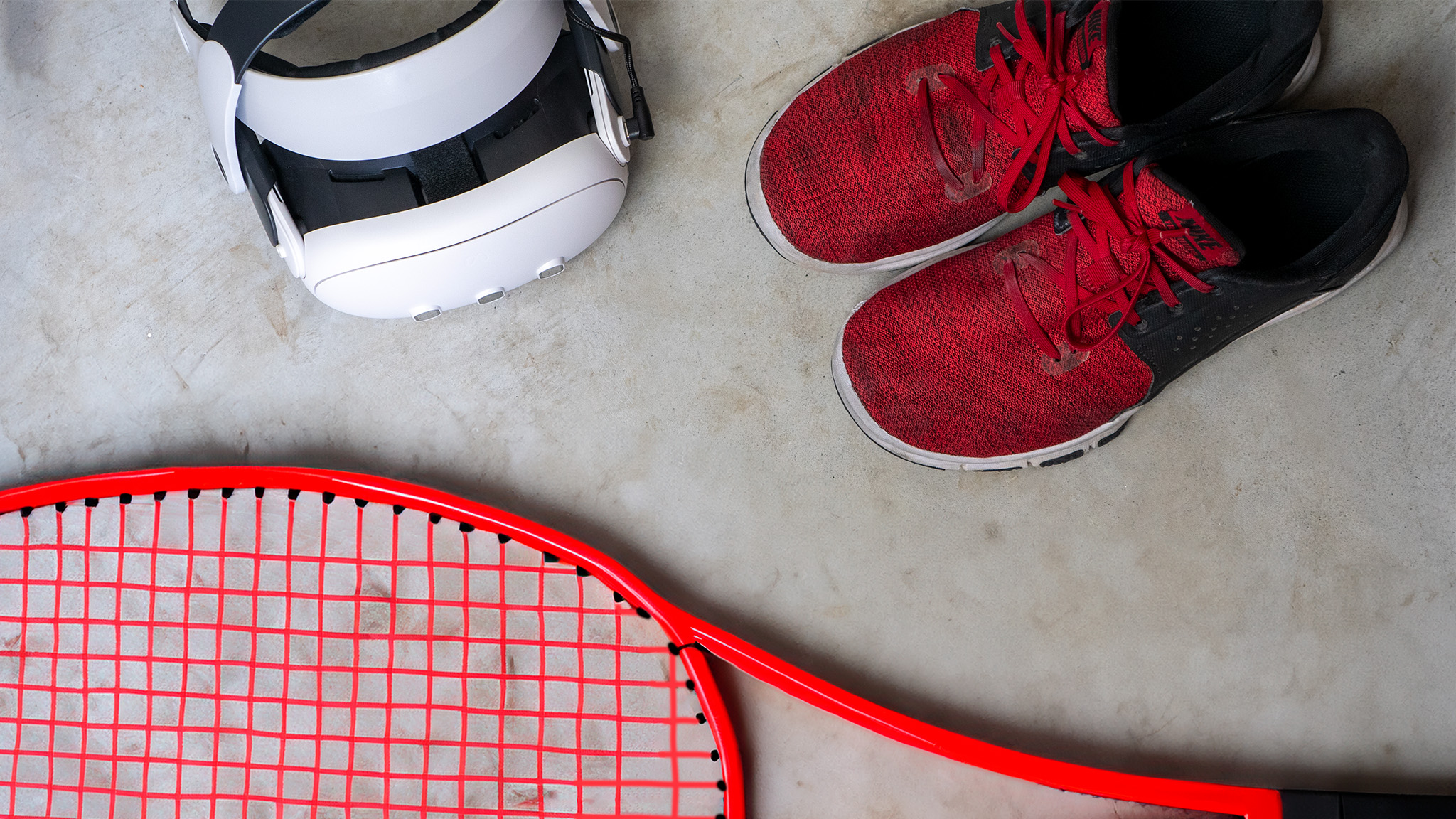
The crick in my side, the pain in my arm, and the rush of adrenaline in my brain told me everything I needed to know. I was addicted, and the only cure was one more round. C-Smash VRS is the epitome of an arcade classic, redesigned and reformulated for at-home VR systems after decades of relegation to now-defunct arcades.
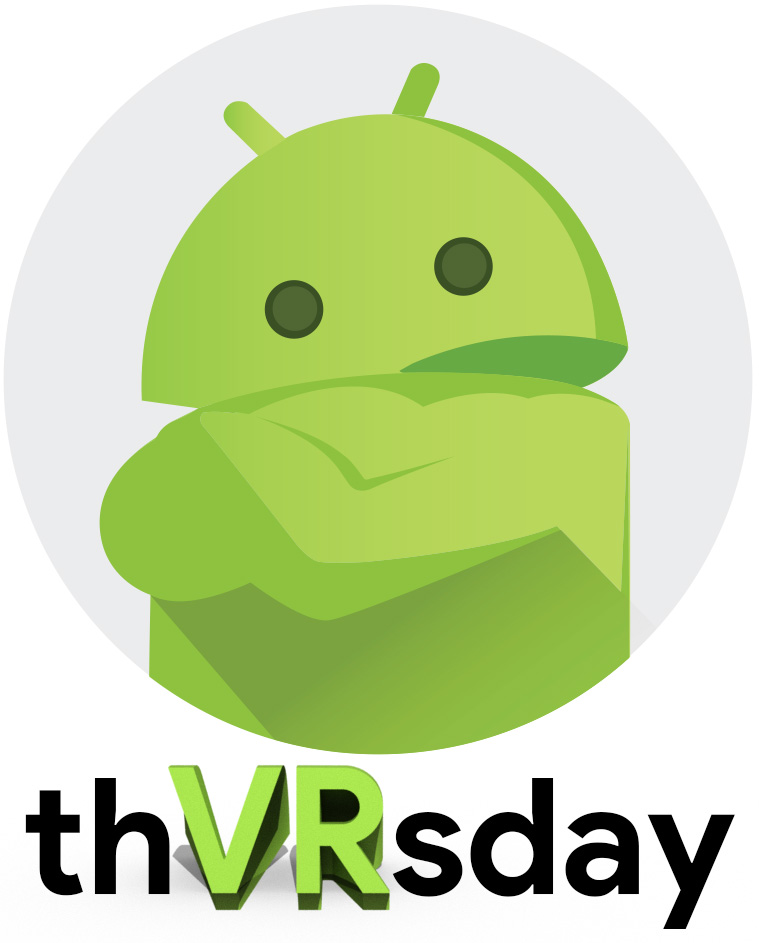
In his weekly column, Android Central Senior Content Producer Nick Sutrich delves into all things VR, from new hardware to new games, upcoming technologies, and so much more.
It's a Sega classic from the instant you start it up, with music by Rez veterans and addictive, high-score-based gameplay to match. But this isn't the only time I've found myself practically addicted to a VR game where I smash a ball with some kind of racket.
Before C-Smash, it was Racket Club, a social Squash/Pickleball hybrid with a community that's as friendly as it is competitive and immediately landed on our list of best Meta Quest games when it debuted last Fall. Beyond these two titles, there's a notable enthusiast community that loves playing other racket games like Eleven Table Tennis, Pickleball One, Cybrix, Racket Fury, and several others.
Like Wii Sports, games that revolve around existing sports tend to be the most accessible experiences because you don't have to re-teach gamers what to do. People already know how to hit a ball with a tennis racket or a golf club, and like the Wii, the best Meta Quest 3 accessories enhance the experience and make it feel even more real.
See, smash
C-Smash VRS originally launched as a PSVR 2 exclusive game last Spring. It's a complete reimagining of the classic Dreamcast game Cosmic Smash, which puts players on one side of a Squash-sized court while blocks are placed on the other side.
If you've ever played the classic Atari game Breakout — or one of its many clones on the Google Play store — you'll immediately understand the concept. It's your job to lob the ball across the court and take out the targets as fast as possible. C-Smash is a classic arcade game through and through, awarding high scores and worldwide leaderboard placement for the best players.
The single-player campaign sees you making your way through the stars with its quirky Space Channel 5-esque sci-fi theme that feels a bit like it came out of the 1960s. Before the rounds begin, you'll choose your pathway through a randomized solar system that's filled with power-up planets, each of which will present a different challenge to clear out bricks.
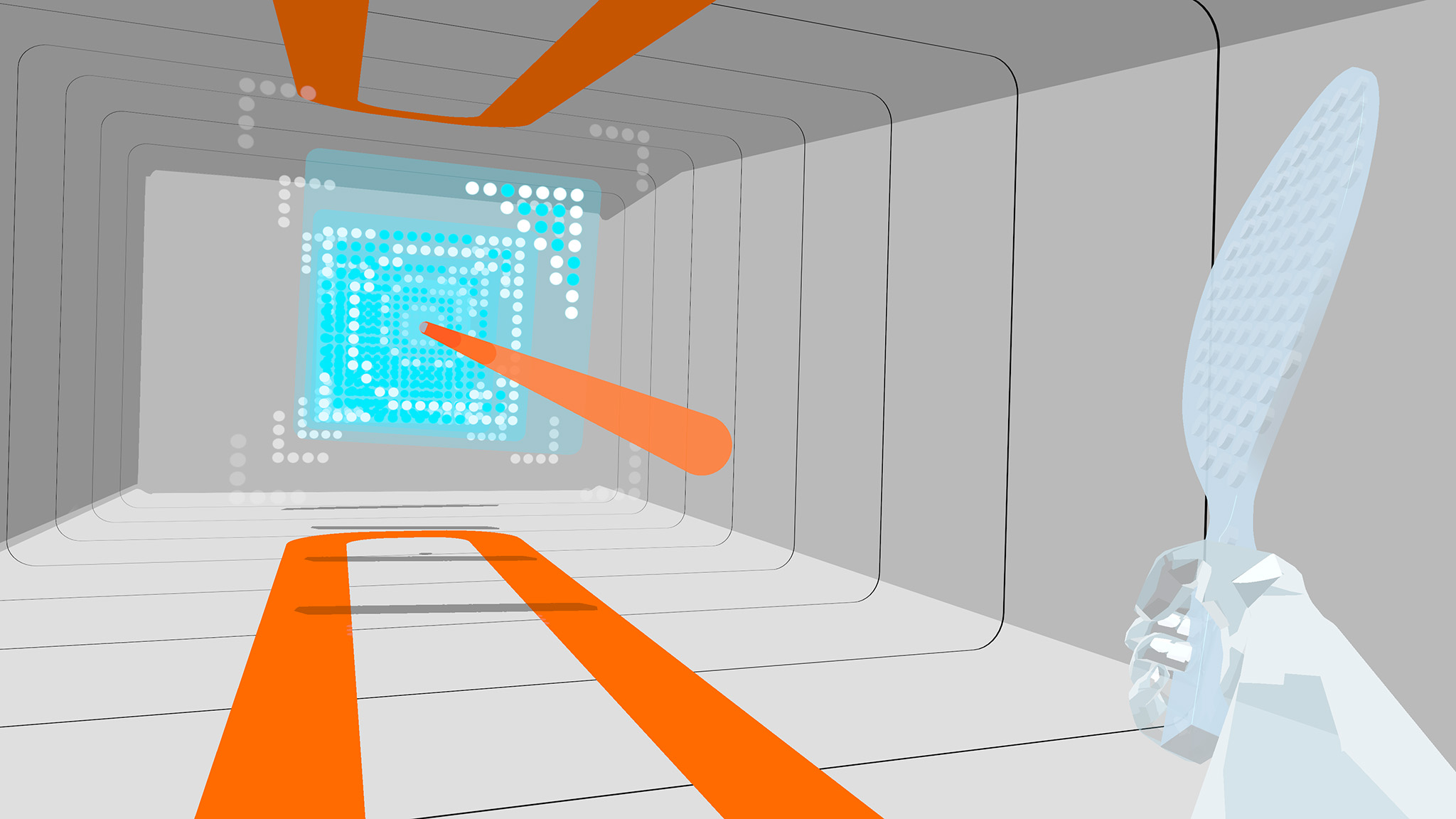
Even the soundtrack is superb, ushering in a wave of catchy tunes and funky beats by the ever-amazing DJ Ken Ishii. If you don't immediately recognize the name, know that he was behind the soundtracks for Sega classics like Lumines and Rez. The game feels Sega through and through, and for a guy who grew up as a Sega Genesis fanboy, I'm all here for it.
As a kid who grew up as a Sega Genesis fanboy, I'm all here for C-Smash's incredible soundtrack and arcade gameplay.
Each planet features a different court theme and power-ups like multiball will no doubt excite pinball fans as they watch dozens of balls explode from those special bricks and clear out the entire court in seconds. I managed to get a top-5 high score worldwide in one of these multiball rounds before C-Smash VRS went public on Quest last Friday, although I doubt I'm still on the leaderboard at this point.
Because each court is wider than you'll likely be able to move in your home space, you'll use the left controller stick to slide your character left and right to help yourself reach even the widest shots from the backplane.
I played the game on the PSVR 2 when it came out but decided I wasn't a fan of games that make you move around as much, given that the PSVR 2 has a cable I tend to trip over. Since the Meta Quest 3 is completely wireless, I never once felt like I was being pulled out of the experience just to remember not to trip.
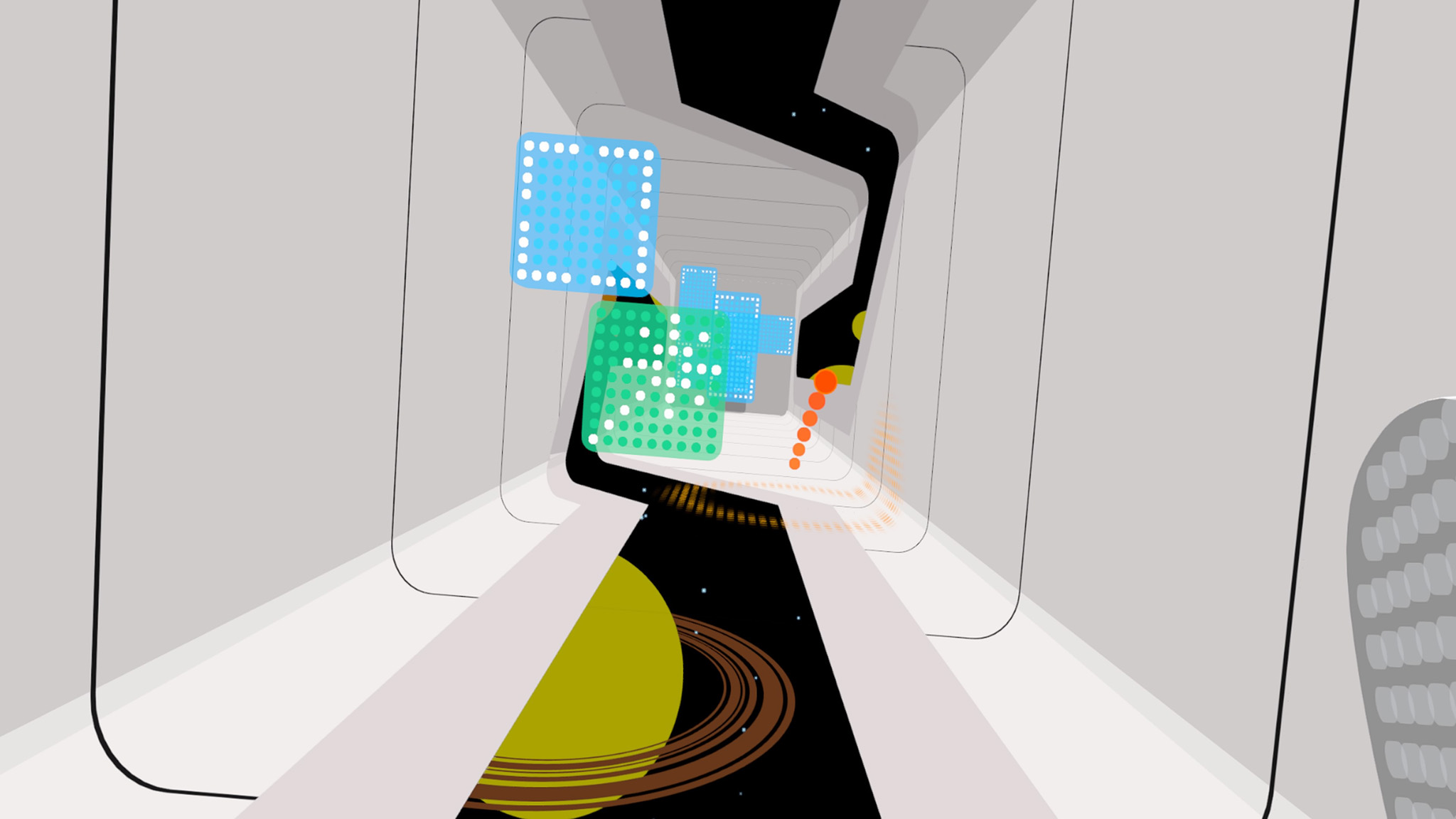
But C-Smash isn't just a single-player experience, and for me, that's where the real longevity comes into play. C-Smash VRS features several different multiplayer modes that put players on courts that face each other, tasking them with clearing or claiming all the bricks before the other player.
The mode's one weakness is that there's no cross-play at the moment, but the team confirmed that it's something they are looking at implementing in the future. In fact, that very Reddit thread outlines a new C-Smash Saturday meetup program the team at RapidEyeMovers holds every Saturday at 1pm PT / 4pm ET / 8pm GMT. It's perfect if you're looking for a little mid-day breakup of a lazy Saturday and it's sure to get your heart pumping.
The Wii Sports effect
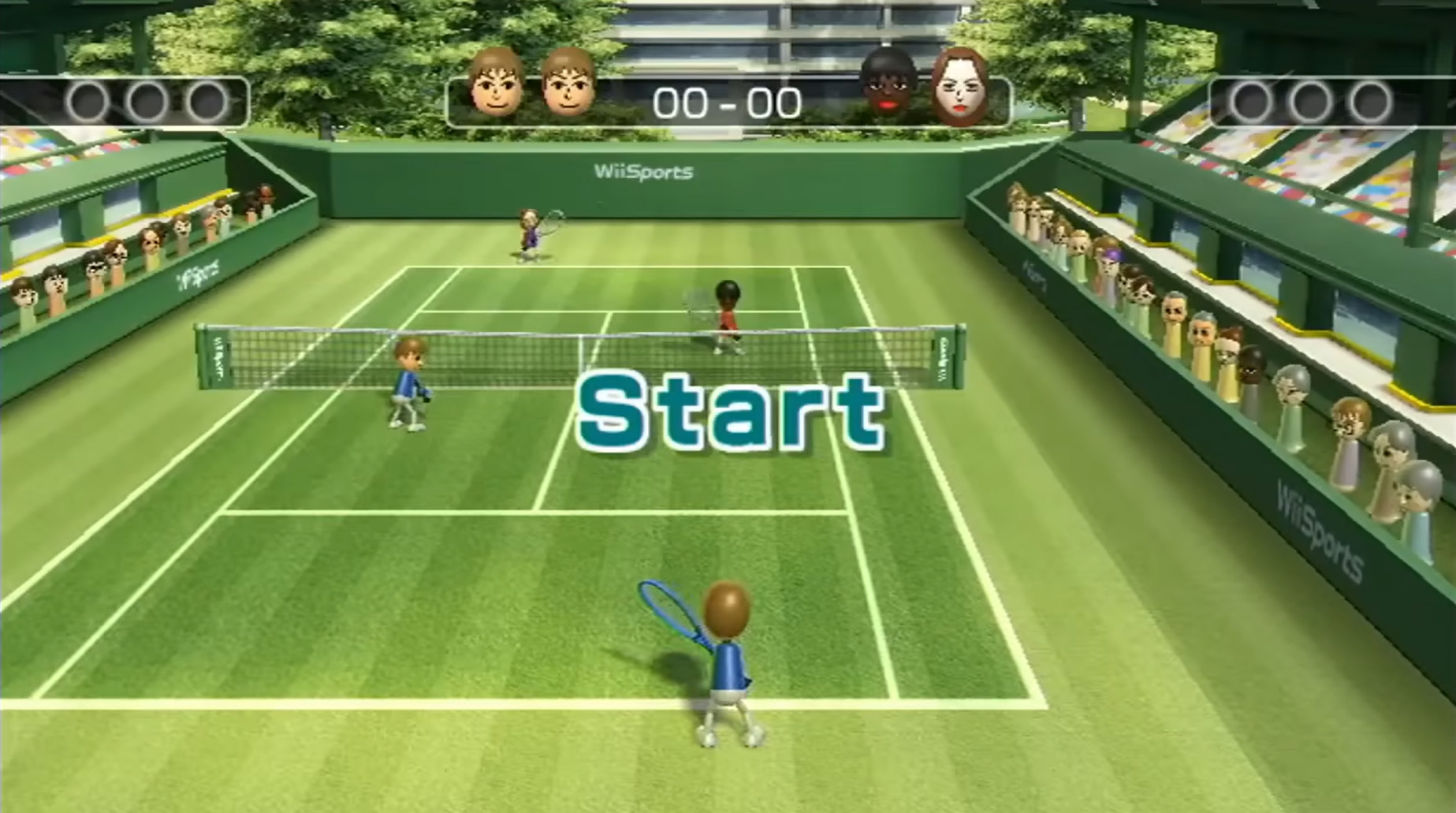
I think it's fair to say that Wii Sports sold more Wii consoles than any other game. The game was a free pack-in with every Wii sold in the West, proving the importance of including an accessible, killer app with every system.
Everyone loved Wii Sports. Gamers, non-gamers, young people, old people, etc. It was a game that brought people together for some fun physical activity in the living room and was instantly playable no matter your skill level. The game felt like pure magic and its influence can be spotted in many VR games to date.
In the same way, many VR sports games can offer extremely accessible gameplay by keeping things simple. C-Smash VRS is slightly more complicated than something like Wii Sports because it's more "video gamey," but that's why there are games like Racket Club.
When you start up Racket Club, you're not greeted with a complicated menu system or a lot of nonsense hoops to run through. You can immediately head out the door and be placed into a public lobby filled with players ready to show you the ropes. The game instantly makes sense and it only takes a few seconds to understand the nuances that make it different from other racket games.
Racket Club's friendly community is as good as the game itself.
Just like C-Smash, you'll be hitting a ball with a racket and bouncing it off a wall, but unlike C-Smash, your opponents will hit the ball right back at you. Each court is only as big as the play space you're standing in which means you won't need to virtually move your character around with a joystick.
The latest update lets you customize and adjust the racket itself, too, helping players of all kinds feel comfortable holding the virtual racket the way they want to. I always take some time to adjust to each racket game's holding angle, so this was a particularly refreshing update for me.
Racket Club's endearing fan base ensures you'll always have a good time. Players have always been super friendly and talkative, willing to play a few practice rounds to warm you up, and even gracious when they lose.
Unironically, it comes from the same developers that put together Demeo, a game that boasts one of the friendliest online communities I've ever experienced. The internet is filled to the brim with jerks and trolls, but I have yet to have a bad experience with either of these titles from Resolution Games.
But while Wii Sports' gameplay largely plateaus after a short time, Racket Club's simple-to-learn mechanics are more rewarding the more time you put into the game. The game has a true experience curve that feels realistic in both single-player and multiplayer modes, thanks to the company's unique use of deep learning AI for its computer-controlled players.
That means no matter if you want to play through the game's deep single-player campaign mode or head straight online and play against real human players, you're bound to have a rewarding experience. Couple that with the safety that mixed-reality gameplay delivers — you can play far better when you're not worried about smashing your TV — and it's clear that Racket Club is the Wii Sports Tennis successor we've been looking for.







